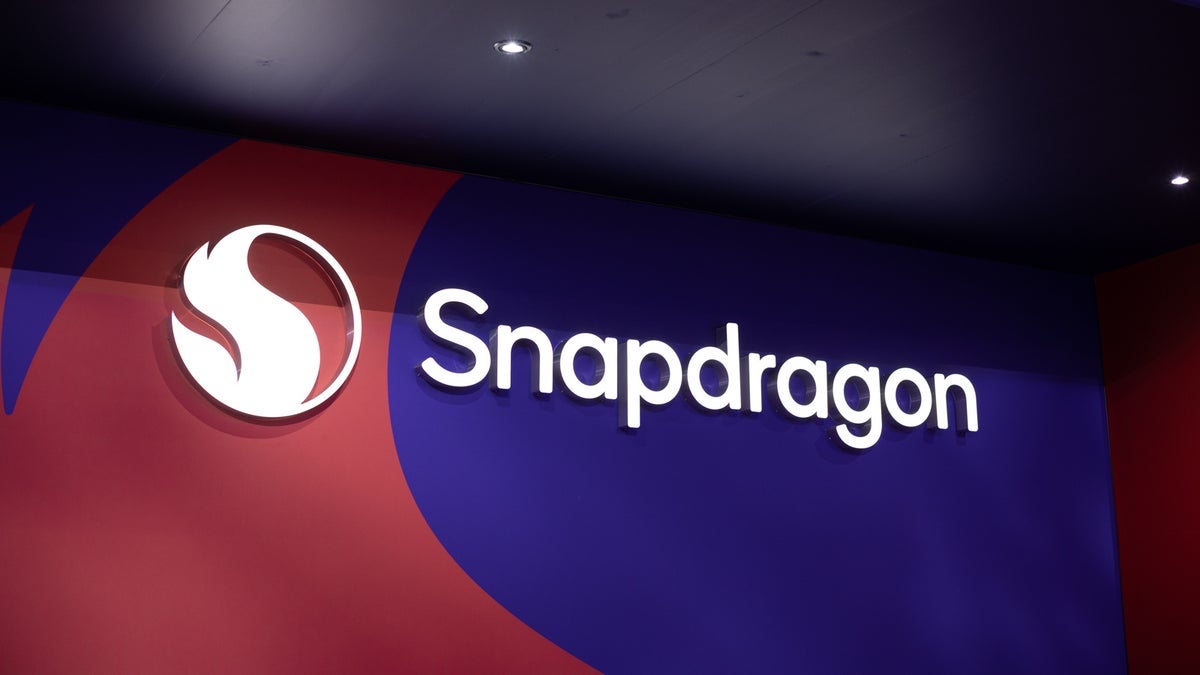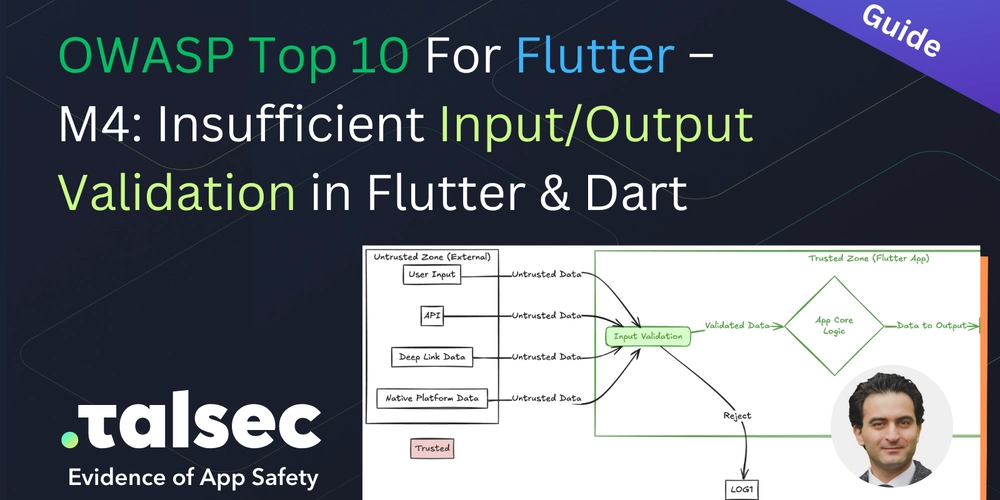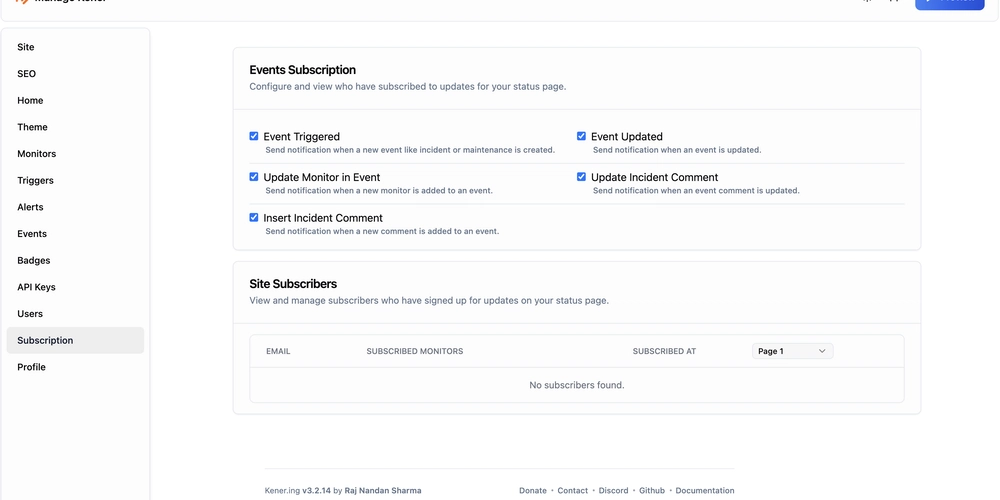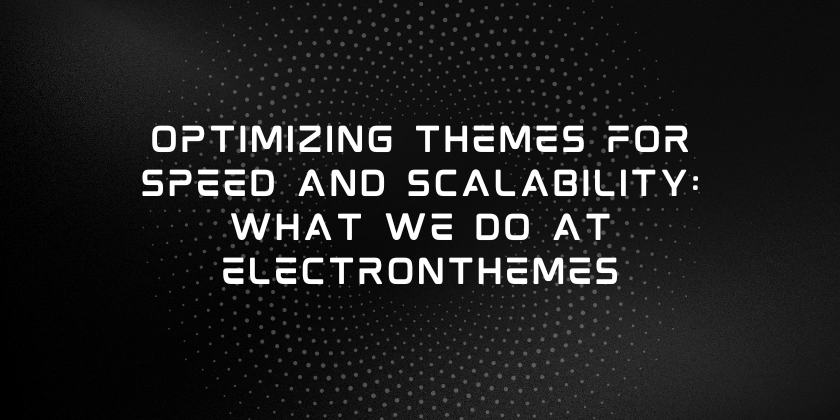The AI VIBES Framework
Understanding the AI VIBES: Why Most AI Efforts Fail Before They Start AI isn't the future. It's the overdue past, finally made usable. And if you're still figuring out how to build a chatbot in 2025, you're not early. You're already obsolete. We're not in the age of AI experimentation anymore. We're in the age of AI saturation. Every major company has an LLM. Every startup pitch deck name-drops "autonomous agents." Everyone's teaching prompts like it's 101. But almost no one can tell you where they fit in the system that makes AI real. Let me make that system clear. It's not a trend. It's a natural evolution. I call it: The AI VIBES Framework. I've Been Watching This Happen Since 2012 In 2012, my professor drew a graph on the blackboard and said: "AI will rise, but it will plateau before it changes everything." She was right. That invisible wall? We kept hitting it. For years. Until we didn't. That same year, I built a neural network tower defense game. Think of it like a chess computer, but for a game where towers defend against invaders. My towers learned strategies: focus on the strongest enemies? Target the closest ones? The AI figured it out on its own. My goal wasn't a grade. It was to understand learning. Fast forward to 2025: My code, enough quality, fast, unorthodox, has been licensed, adapted, and used by companies that serve millions. It wasn't all messy; the quality was there where it mattered. But there are always trade-offs when you prioritize delivering real value over pristine architecture. The world finally caught up to the curve I saw over a decade ago. But most people still misunderstand how this curve actually works. The 2022 Shift Wasn't Intelligence, It Was Interface AI systems existed well before 2022. But ChatGPT? That was the iPhone moment. ChatGPT wasn't some brand-new brain. It was a usable one. Suddenly, you didn't need a computer science degree. No complicated setup. No special hardware. Just a simple box where you type questions and get answers. The numbers don't lie: Earlier AI systems like GPT-3 had about 1 million users after two years when only developers could access it. ChatGPT reached 1 million users in 5 days and 100 million users in 2 months once regular people could use it. Same basic technology, completely different packaging. OpenAI didn't invent intelligence. They made it feel normal. The Five Layers of AI: Welcome to VIBES VIBES isn't just a framework. It's like a food chain for technology where each creature depends on the ones below it. Each layer builds on the one before it. Each demands respect and understanding. Without alignment between layers, your effort is wasted. Your intentions misfire. The entire AI ecosystem can be broken down into five VIBES. V - Visionaries The dreamers. The scientists. The people asking big questions. They answer: "Is intelligence even possible in machines?" They build the core ideas, the mathematical foundations that make AI work. Think of them as the physicists who discover new forces of nature. They publish academic papers, run experiments, and debate what intelligence even means. In 2017, they created a breakthrough called the "Transformer" that changed everything about how AI processes language. They don't care if your app loads quickly. They care about whether machines can truly understand. They discover the rules, like how bigger AI models get smarter in predictable ways, similar to how we know exactly how much stronger a bridge gets when we add more steel. Relation to next layer: Visionaries create the blueprints that Integrators must build. Without these blueprints, there's nothing to construct. Without builders, the blueprints just collect dust. Who they are: Geoffrey Hinton. Yoshua Bengio. Research teams at DeepMind, Meta AI Research, OpenAI Research. I - Integrators The bridge builders. The hardware makers. The people who make AI physically possible. They answer: "How do we make these theories work in the real world?" They turn academic papers into actual machinery. Without them, brilliant ideas stay trapped in universities. Integrators build the chips, the cooling systems, the data centers. They make computers fast enough to run AI. Think of it like this: An AI model is like a skyscraper of thought. Integrators build the steel, concrete, and construction equipment needed to erect it. NVIDIA's specialty chips are thousands of times faster for AI than regular computers, like comparing a jet engine to a bicycle. These aren't luxury items. They're necessities. Without them, even the cleverest AI designs would take decades to run. Relation to previous layer: Integrators take the Visionaries' equations and turn them into real machines. Relation to next layer: Integrators provide the raw power that Builders harness to create actual AI systems. Without this infrastructure, AI would remain theoretical. Who they are: NVIDIA,

Understanding the AI VIBES: Why Most AI Efforts Fail Before They Start
AI isn't the future.
It's the overdue past, finally made usable. And if you're still figuring out how to build a chatbot in 2025, you're not early. You're already obsolete.
We're not in the age of AI experimentation anymore. We're in the age of AI saturation. Every major company has an LLM. Every startup pitch deck name-drops "autonomous agents." Everyone's teaching prompts like it's 101.
But almost no one can tell you where they fit in the system that makes AI real.
Let me make that system clear. It's not a trend. It's a natural evolution.
I call it: The AI VIBES Framework.
I've Been Watching This Happen Since 2012
In 2012, my professor drew a graph on the blackboard and said:
"AI will rise, but it will plateau before it changes everything."
She was right. That invisible wall? We kept hitting it. For years. Until we didn't.
That same year, I built a neural network tower defense game. Think of it like a chess computer, but for a game where towers defend against invaders. My towers learned strategies: focus on the strongest enemies? Target the closest ones? The AI figured it out on its own. My goal wasn't a grade. It was to understand learning.
Fast forward to 2025:
My code, enough quality, fast, unorthodox, has been licensed, adapted, and used by companies that serve millions. It wasn't all messy; the quality was there where it mattered. But there are always trade-offs when you prioritize delivering real value over pristine architecture.
The world finally caught up to the curve I saw over a decade ago.
But most people still misunderstand how this curve actually works.
The 2022 Shift Wasn't Intelligence, It Was Interface
AI systems existed well before 2022.
But ChatGPT? That was the iPhone moment.
ChatGPT wasn't some brand-new brain. It was a usable one. Suddenly, you didn't need a computer science degree. No complicated setup. No special hardware. Just a simple box where you type questions and get answers.
The numbers don't lie: Earlier AI systems like GPT-3 had about 1 million users after two years when only developers could access it. ChatGPT reached 1 million users in 5 days and 100 million users in 2 months once regular people could use it.
Same basic technology, completely different packaging.
OpenAI didn't invent intelligence. They made it feel normal.
The Five Layers of AI: Welcome to VIBES
VIBES isn't just a framework. It's like a food chain for technology where each creature depends on the ones below it. Each layer builds on the one before it. Each demands respect and understanding.
Without alignment between layers, your effort is wasted. Your intentions misfire.
The entire AI ecosystem can be broken down into five VIBES.
V - Visionaries
The dreamers. The scientists. The people asking big questions.
They answer: "Is intelligence even possible in machines?"
They build the core ideas, the mathematical foundations that make AI work. Think of them as the physicists who discover new forces of nature.
They publish academic papers, run experiments, and debate what intelligence even means. In 2017, they created a breakthrough called the "Transformer" that changed everything about how AI processes language.
They don't care if your app loads quickly. They care about whether machines can truly understand.
They discover the rules, like how bigger AI models get smarter in predictable ways, similar to how we know exactly how much stronger a bridge gets when we add more steel.
Relation to next layer: Visionaries create the blueprints that Integrators must build. Without these blueprints, there's nothing to construct. Without builders, the blueprints just collect dust.
Who they are:
Geoffrey Hinton. Yoshua Bengio. Research teams at DeepMind, Meta AI Research, OpenAI Research.
I - Integrators
The bridge builders. The hardware makers. The people who make AI physically possible.
They answer: "How do we make these theories work in the real world?"
They turn academic papers into actual machinery. Without them, brilliant ideas stay trapped in universities.
Integrators build the chips, the cooling systems, the data centers. They make computers fast enough to run AI.
Think of it like this: An AI model is like a skyscraper of thought. Integrators build the steel, concrete, and construction equipment needed to erect it. NVIDIA's specialty chips are thousands of times faster for AI than regular computers, like comparing a jet engine to a bicycle.
These aren't luxury items. They're necessities. Without them, even the cleverest AI designs would take decades to run.
Relation to previous layer: Integrators take the Visionaries' equations and turn them into real machines.
Relation to next layer: Integrators provide the raw power that Builders harness to create actual AI systems. Without this infrastructure, AI would remain theoretical.
Who they are:
NVIDIA, AWS, Google Cloud, Microsoft Azure, specialized companies like CoreWeave and Cerebras.
B - Builders
The craftspeople. The trainers. The ones who raise the AI systems.
They answer: "How do we shape this raw intelligence to be useful?"
They take science and hardware and combine them to create AI systems that can understand language, recognize images, or make decisions.
Think of Builders as AI coaches. They feed the AI systems trillions of examples. They correct them when they're wrong. They shape the raw intelligence into something with purpose.
They make careful trade-offs: a recent study showed that doubling an AI's size gives predictable improvements, but doubling its training data offers less benefit, like how reading 100 books makes you smarter than reading 50, but reading 1,000 doesn't make you 10 times smarter.
They care about stability and reliability more than headlines. They've discovered that seemingly small technical details can make the difference between an AI that's helpful and one that's nonsensical.
Relation to previous layer: Builders need the powerful machines that Integrators create. No one can train a modern AI on a laptop.
Relation to next layer: Builders create the intelligent systems that Engagers package into products people actually use. Without trained AI models, there's nothing for users to engage with.
Who they are:
OpenAI (makers of GPT), Anthropic (makers of Claude), Google (Gemini), Meta (LLaMA), smaller companies like Cohere and Mistral.
E - Engagers
The product people. The designers. The ones who build what you actually touch.
They answer: "How do we make this intelligence easy and useful for real people?"
They're the reason your grandma can use AI without knowing what an algorithm is.
They don't create the intelligence. They create the experience around it.
Speed is their obsession. They know that an AI response that takes 30 seconds feels broken, while one that answers in a second feels magical, just like a slow website loses your attention.
They follow a simple rule: the best technology is the one you don't notice. Like automatic spell-check or predictive text, the best AI feels like it's reading your mind, not forcing you to learn its language. The goal isn't just to automate tasks, but to return time and cognitive energy to the user. The best AI is invisible; the second-best is easy to use. Everything else is just showing off.
Case in point: even my 7-year-old nephew uses ChatGPT and CapCut's image generator without having a clue what "prompt engineering" is. He just asks for what he wants in plain language and gets results. No courses, no tutorials, no special skills. That's what great Engagers build: AI so intuitive a child can use it.
Relation to previous layer: Engagers take the powerful but complex systems that Builders create and make them simple enough for everyone.
Relation to next layer: Engagers create the bridge between technical capability and what regular people need. Without good design, even the smartest AI remains unusable.
Who they are:
The teams behind ChatGPT, Claude's interface, Gemini Studio, tools like Cursor, Replit AI, Notion AI, GitHub Copilot, Microsoft 365 Copilot.
S - Society
You. Me. Everyone.
They answer: "Does this actually improve our lives?"
We don't want technical explanations. We want solutions to our problems.
Society doesn't care how clever the algorithm is. We care if it returns our time, money, or helps us do something new. AI doesn't just save time; it preempts pain. It's the weather forecast letting you bring an umbrella, the GPS rerouting you before traffic, the autocomplete finishing your thought. It gives us back the only thing we can't make more of.
The impact is real: Businesses are expected to spend $644 billion on generative AI by 2025, growing over 76% each year. People are voting with their wallets.
But costs matter too. Training a single large AI model can use as much electricity as hundreds of homes use in a year. Society needs tools that help without creating new problems.
Relation to previous layer: Society uses what Engagers build, judging it not by technical impressiveness but by practical value and returned time.
Relation to full cycle: Society's needs and feedback flow back to Visionaries, who notice what works, what fails, and what new problems need solving, restarting the cycle of innovation.
What we care about:
"Does this help me write better? Think faster? Solve something?"
Know Your Layer, Or You're Just Guessing at Impact
You don't need the most advanced algorithm in the world, especially if it only exists in a research paper.
And you don't need perfect code. Some of the most popular AI products today are held together with the digital equivalent of duct tape and hope.
But here's the difference:
Great teams know exactly where they cut corners.
They weren't sloppy. They were deliberate. They understood their layer and made conscious trade-offs.
That is why imperfect code that ships is infinitely better than perfect code that rots in a repo. I've written production code that would make professional software engineers cringe. Guess what? It shipped. It worked. It helped people. That's the pragmatic reality check needed in AI.
Reid Hoffman (LinkedIn founder) said it best: "If you're not embarrassed by the first version of your product, you've launched too late."
Facebook put "Done is better than perfect" on their office walls for a reason.
Releasing something is scary, but it's the only way to learn what actually works. You're better off being 80% right with real users than 100% right with no users at all.
Stop building to impress other techies. Start building for actual humans.
The real danger isn't writing imperfect code. It's writing it without understanding your place in the bigger picture. It's operating blindly, without the clarity of your VIBES layer.
When you're designing faster computer chips, are you an Integrator?
When you're training new AI models, are you a Builder?
When you're creating a chatbot feature, are you sure you're not rebuilding what already exists as an Engager?
Next time your boss asks you to "add AI to the product," a manager asks for a comparative analysis of AI models, or a startup tries to hire you for their "AGI roadmap," ask them one thing:
"Which layer of VIBES are we operating in?"
Because that answer changes everything. It tells you what problems to solve. It tells you which trade-offs are smart and which are wasteful.
Clarity on your layer is the difference between contributing to AI and just creating confusion. It's the line between relevance and obsolescence.
Find Your VIBE, Or Become Irrelevant
You can't build the future by following last year's trends.
AI isn't about having a cool model. It's about fitting into the right place in the system.
Everyone wants to be the next OpenAI. But no one wants to figure out where they actually belong in the VIBES Framework. Pretending to be in a layer you're not is how most AI efforts fail before they even start.
The flow is clear:
- Visionaries imagine what's possible
- Integrators build the foundations
- Builders create intelligent systems
- Engagers make those systems usable
- Society determines what's actually valuable
This ecosystem will keep moving, whether you understand your place in it or not.
And you?
If you don't know your layer, you'll waste time, burn resources, and ultimately build something irrelevant.
So Ask Yourself:
What's your role in the AI evolution?
What's your layer in the VIBES Framework?
And more importantly,
Are you actually building for it? Or are you already becoming obsolete?
Sources
- NVIDIA H100: https://www.shi.com/product/45671009/NVIDIA-H100-GPU-computing-processor
- Google Cloud TPU v5e: https://cloud.google.com/blog/products/compute/how-cloud-tpu-v5e-accelerates-large-scale-ai-inference
- AWS Trainium: https://aws.amazon.com/ai/machine-learning/trainium/
- Attention Is All You Need (Transformer Paper): https://arxiv.org/abs/1706.03762
- Neural Scaling Laws (PNAS Study): https://www.pnas.org/doi/10.1073/pnas.2311878121
- GPT-3 Paper: https://arxiv.org/abs/2005.14165
- RLHF Reproduction Insights: https://www.marktechpost.com/2024/03/29/this-paper-reveals-insights-from-reproducing-openais-rlhf-reinforcement-learning-from-human-feedback-work-implementation-and-scaling-explored/
- Gartner GenAI Spending Forecast: https://venturebeat.com/ai/gartner-forecasts-gen-ai-spending-to-hit-644b-in-2025-what-it-means-for-enterprise-it-leaders/





































































































































































![[The AI Show Episode 145]: OpenAI Releases o3 and o4-mini, AI Is Causing “Quiet Layoffs,” Executive Order on Youth AI Education & GPT-4o’s Controversial Update](https://www.marketingaiinstitute.com/hubfs/ep%20145%20cover.png)












































































































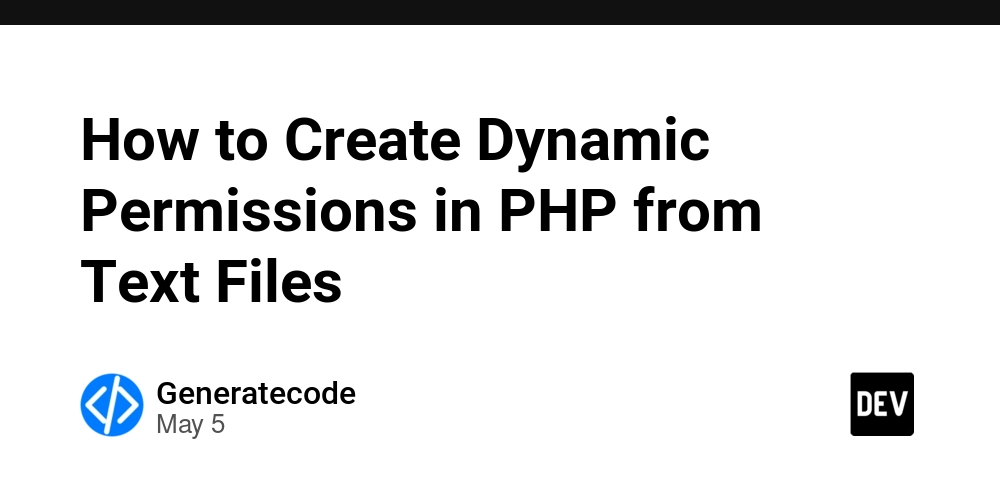
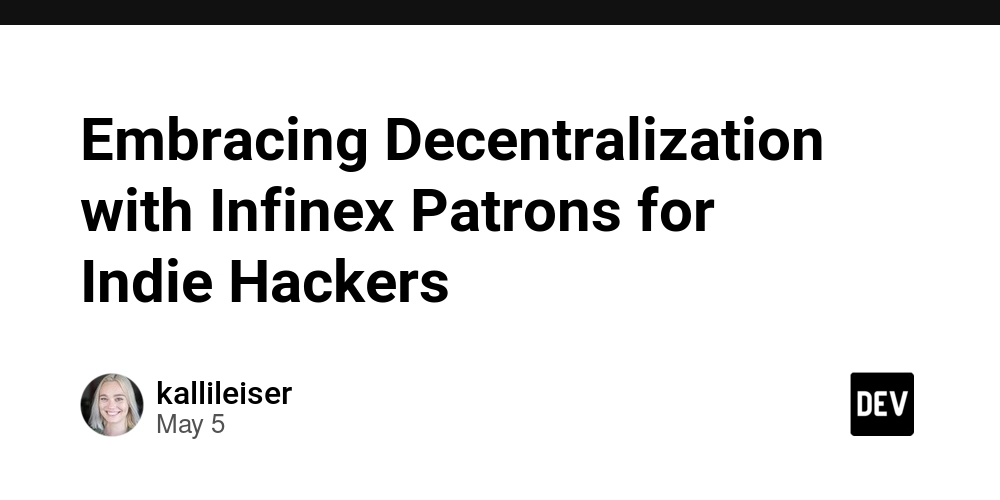














![[DEALS] Microsoft 365: 1-Year Subscription (Family/Up to 6 Users) (23% off) & Other Deals Up To 98% Off – Offers End Soon!](https://www.javacodegeeks.com/wp-content/uploads/2012/12/jcg-logo.jpg)




![From Art School Drop-out to Microsoft Engineer with Shashi Lo [Podcast #170]](https://cdn.hashnode.com/res/hashnode/image/upload/v1746203291209/439bf16b-c820-4fe8-b69e-94d80533b2df.png?#)




















![Re-designing a Git/development workflow with best practices [closed]](https://i.postimg.cc/tRvBYcrt/branching-example.jpg)




















































































(1).jpg?#)






























_Inge_Johnsson-Alamy.jpg?width=1280&auto=webp&quality=80&disable=upscale#)








































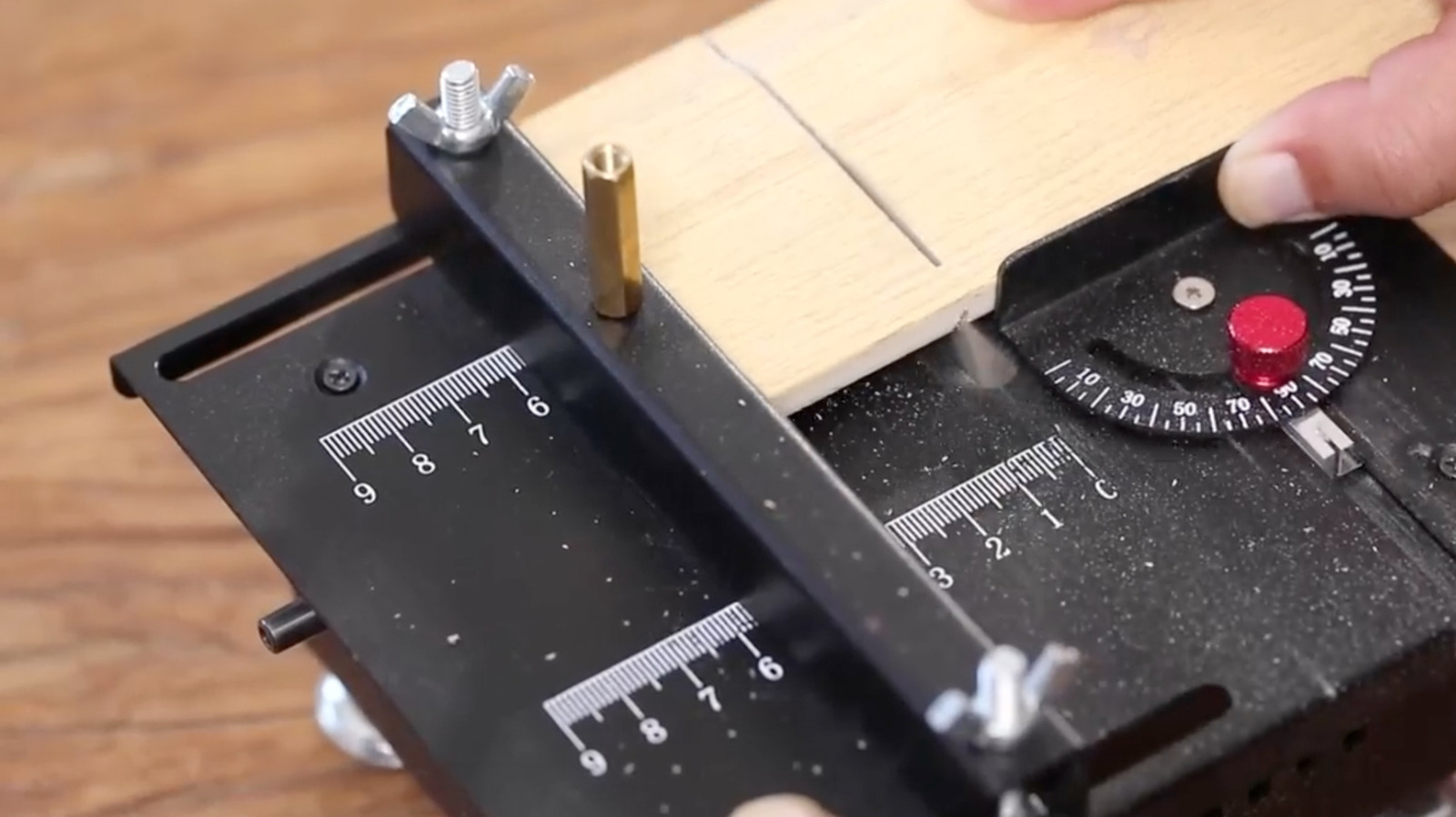






















































![The Material 3 Expressive redesign of Google Clock leaks out [Gallery]](https://i0.wp.com/9to5google.com/wp-content/uploads/sites/4/2024/03/Google-Clock-v2.jpg?resize=1200%2C628&quality=82&strip=all&ssl=1)
![What Google Messages features are rolling out [May 2025]](https://i0.wp.com/9to5google.com/wp-content/uploads/sites/4/2023/12/google-messages-name-cover.png?resize=1200%2C628&quality=82&strip=all&ssl=1)














![New Apple iPad mini 7 On Sale for $399! [Lowest Price Ever]](https://www.iclarified.com/images/news/96096/96096/96096-640.jpg)
![Apple to Split iPhone Launches Across Fall and Spring in Major Shakeup [Report]](https://www.iclarified.com/images/news/97211/97211/97211-640.jpg)
![Apple to Move Camera to Top Left, Hide Face ID Under Display in iPhone 18 Pro Redesign [Report]](https://www.iclarified.com/images/news/97212/97212/97212-640.jpg)
![Apple Developing Battery Case for iPhone 17 Air Amid Battery Life Concerns [Report]](https://www.iclarified.com/images/news/97208/97208/97208-640.jpg)













































